Home>Renovation & DIY>Home Renovation Guides>How High Should A Bathroom Backsplash Be
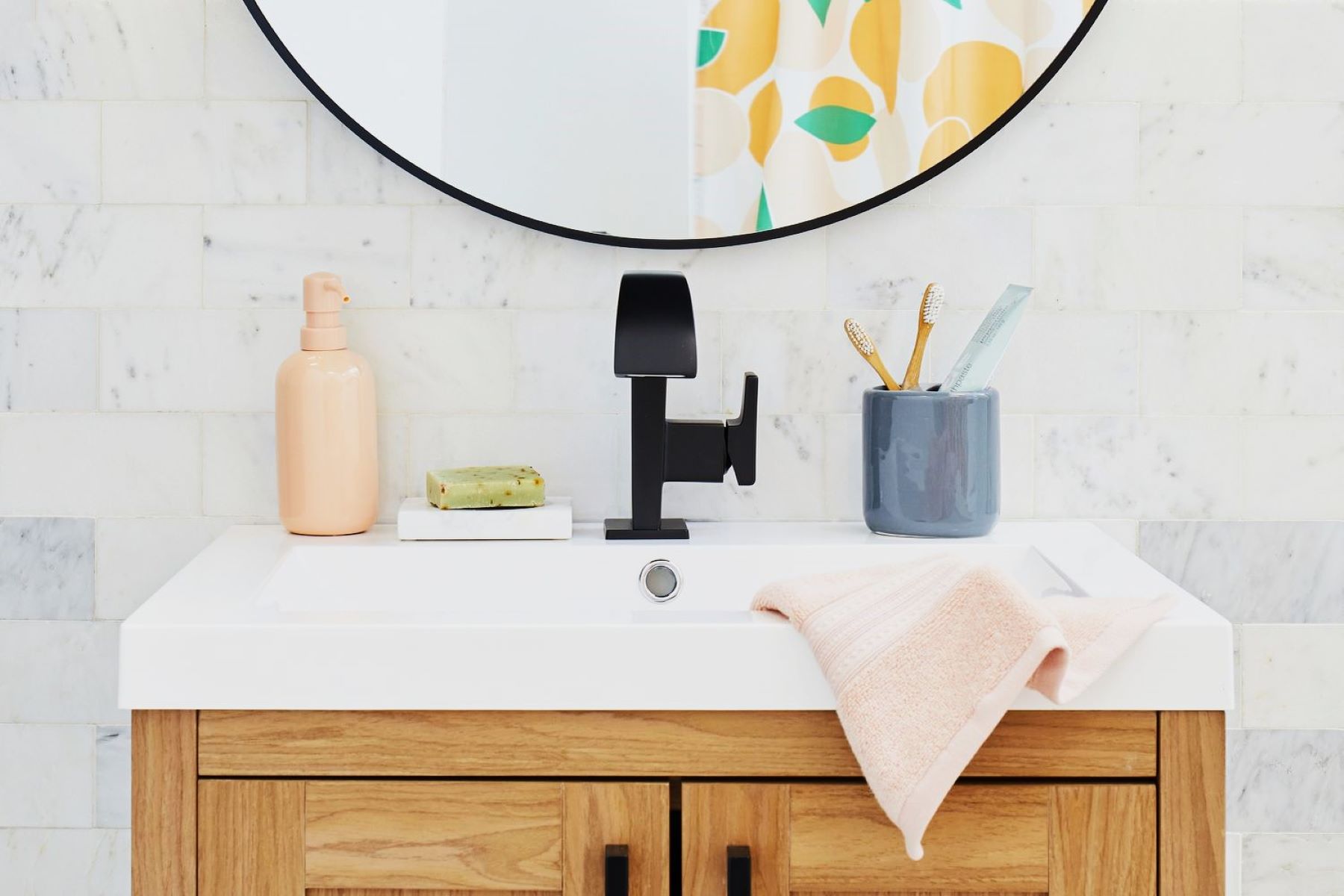

Home Renovation Guides
How High Should A Bathroom Backsplash Be
Modified: October 28, 2024
Learn about the ideal height for a bathroom backsplash in this comprehensive home renovation guide. Find expert tips and advice for your next project.
(Many of the links in this article redirect to a specific reviewed product. Your purchase of these products through affiliate links helps to generate commission for Storables.com, at no extra cost. Learn more)
Introduction
When it comes to renovating a bathroom, every detail matters. From the tiles to the fixtures, each element contributes to the overall aesthetic and functionality of the space. One often overlooked yet crucial aspect of bathroom design is the backsplash. The backsplash not only serves as a protective barrier against water and moisture but also adds a touch of style and personality to the room.
The height of the bathroom backsplash is a key consideration in the design process. It not only affects the visual appeal of the space but also plays a significant role in protecting the walls from water damage. Determining the ideal height for a bathroom backsplash involves a careful balance of practicality and aesthetics. Factors such as the type of sink, the size of the bathroom, and personal preferences all come into play when making this decision.
In this comprehensive guide, we will delve into the various aspects of determining the optimal height for a bathroom backsplash. From standard measurements to design options, we will explore the factors that influence this crucial design element. Whether you are embarking on a full bathroom renovation or simply looking to refresh the space, understanding the considerations for the height of the bathroom backsplash will empower you to make informed and stylish design choices.
Key Takeaways:
- Protect your bathroom walls from water damage with a 4 to 6-inch backsplash, but consider taller options for high-splash areas like deep basin sinks.
- Get creative with tile selection, material variety, and color palettes to personalize your bathroom backsplash and enhance its visual appeal.
Read more: How High Should The Backsplash Be
Standard Height for Bathroom Backsplash
The standard height for a bathroom backsplash typically ranges from 4 to 6 inches. This measurement is based on practical considerations as well as aesthetic preferences. A backsplash of this height provides adequate protection for the walls behind the sink and countertop, effectively shielding them from water splashes and moisture. Additionally, it creates a visually appealing transition between the countertop and the wall, adding a polished and cohesive look to the bathroom.
The 4 to 6-inch standard height is well-suited for most bathroom sinks and countertops. It strikes a balance between functionality and design, ensuring that the backsplash serves its purpose without overwhelming the space. However, it's important to note that this standard measurement can vary based on individual preferences and specific bathroom requirements.
In some cases, homeowners may opt for a taller backsplash, particularly in areas where water splashing is a common occurrence, such as near a deep basin sink or a frequently used vanity. A taller backsplash, extending to 8 or 10 inches, provides enhanced protection against water damage and may be preferred for practical reasons.
Conversely, in smaller bathrooms or powder rooms with limited wall space, a shorter backsplash of around 4 inches may be more suitable. This height maintains the protective function of the backsplash while ensuring that it does not visually overwhelm the space.
Ultimately, the standard height for a bathroom backsplash serves as a guideline, offering a starting point for homeowners and designers to consider. However, personal preferences, the specific requirements of the space, and the overall design aesthetic should all be taken into account when determining the ideal height for the backsplash.
By understanding the standard measurements and considering individual needs, homeowners can make informed decisions about the height of their bathroom backsplash, ensuring that it not only enhances the visual appeal of the space but also provides practical protection for the walls.
Factors to Consider
When determining the height of a bathroom backsplash, several factors come into play, influencing both the practical and aesthetic aspects of the design. Understanding these factors is essential for making informed decisions that align with the specific needs and preferences of the homeowner. Here are the key considerations to take into account:
-
Sink Type and Configuration: The type of sink and its configuration play a significant role in determining the ideal height for the backsplash. For example, a vessel sink, which sits above the countertop, may require a taller backsplash to effectively prevent water from splashing onto the walls. In contrast, an undermount sink may allow for a standard height backsplash, as the sink's position provides a natural barrier against water splashes.
-
Wall Protection: The primary function of a backsplash is to protect the walls from water damage. Consider the areas of the bathroom that are most susceptible to water splashes, such as the area behind the sink and countertop. A taller backsplash may be necessary in these high-splash zones to ensure comprehensive wall protection.
-
Personal Preferences: Homeowners' personal preferences and design aesthetics play a crucial role in determining the height of the bathroom backsplash. Some individuals may prefer a seamless transition between the countertop and the wall, opting for a shorter backsplash that complements the overall design scheme. Others may prioritize practicality and opt for a taller backsplash to ensure maximum protection against water damage.
-
Bathroom Size and Layout: The size and layout of the bathroom can influence the height of the backsplash. In smaller bathrooms or powder rooms with limited wall space, a shorter backsplash may be more visually proportionate. Conversely, in larger bathrooms with expansive countertops, a taller backsplash can make a bold design statement while providing ample wall protection.
-
Design Cohesion: Consider the overall design theme and style of the bathroom. The height of the backsplash should complement the existing design elements, such as the choice of tiles, countertop materials, and cabinetry. Ensuring cohesion in the design scheme will contribute to a harmonious and visually appealing bathroom aesthetic.
-
Maintenance and Cleaning: The ease of maintenance and cleaning should also be taken into consideration. A taller backsplash may require more effort to clean, especially if it features intricate tile patterns or textures. Conversely, a shorter backsplash may be more convenient to maintain but should still provide adequate wall protection.
By carefully considering these factors, homeowners and designers can determine the optimal height for the bathroom backsplash, striking a balance between practicality and aesthetics to create a cohesive and functional design that enhances the overall appeal of the space.
Design Options
When it comes to designing a bathroom backsplash, homeowners have a myriad of options to explore, allowing for creativity and personalization to shine through. The height of the backsplash is just one aspect of its design, and there are numerous design options to consider, each contributing to the overall aesthetic and functionality of the space.
1. Tile Selection
The choice of tiles plays a pivotal role in defining the visual impact of the backsplash. From classic subway tiles to intricate mosaic patterns, the options are virtually endless. Homeowners can opt for sleek, monochromatic tiles for a modern and minimalist look, or they can embrace bold, patterned tiles to infuse the space with personality and charm. Additionally, the size and layout of the tiles can significantly impact the perceived height of the backsplash, allowing for creative visual illusions.
Read more: How High Should Vanity Outlets Be
2. Extended Backsplash
For those seeking a dramatic and luxurious design statement, an extended backsplash offers a compelling option. Extending the backsplash beyond the standard height, reaching up to the ceiling or wrapping around the entire vanity area, creates a striking focal point in the bathroom. This design choice not only adds a sense of grandeur but also provides comprehensive wall protection, making it particularly suitable for high-end or spa-inspired bathrooms.
3. Material Variety
Beyond traditional ceramic or porcelain tiles, homeowners can explore a diverse range of materials for the backsplash. Natural stone, such as marble or travertine, exudes timeless elegance and luxury, while glass tiles introduce luminosity and depth to the space. Additionally, metal accents, such as stainless steel or copper, can infuse the backsplash with a contemporary and industrial flair. The choice of material can significantly impact the overall aesthetic and should be selected based on the desired style and maintenance considerations.
4. Color Palette
The color palette of the backsplash presents an opportunity to harmonize with the existing bathroom decor or introduce a captivating contrast. Neutral tones create a sense of tranquility and timelessness, seamlessly blending with various design styles. On the other hand, vibrant hues or intricate patterns can inject energy and personality into the space, serving as a focal point within the bathroom. Careful consideration of the color palette ensures that the backsplash complements the overall design scheme while making a distinct visual impact.
5. Customization and Accents
Incorporating customized elements and accents into the backsplash design allows for a truly personalized touch. From hand-painted tiles depicting intricate motifs to incorporating metallic or glass accents for added dimension, these bespoke details elevate the backsplash from a functional element to a captivating work of art. Customization offers the opportunity to infuse the backsplash with individuality and create a unique focal point within the bathroom.
By exploring these design options, homeowners can tailor the height and aesthetic of the bathroom backsplash to align with their personal style and preferences. Whether aiming for a timeless and understated look or a bold and expressive statement, the design options for the bathroom backsplash provide a canvas for creativity and individuality, enhancing the overall appeal of the space.
Read more: How High Should A Vanity Light Be
Conclusion
In conclusion, the height of a bathroom backsplash is a critical design consideration that encompasses both practical functionality and aesthetic appeal. By understanding the standard measurements, considering individual needs, and exploring design options, homeowners can make informed decisions that elevate the overall look and functionality of their bathrooms.
The standard height for a bathroom backsplash, typically ranging from 4 to 6 inches, provides a balanced combination of wall protection and visual cohesion. However, this measurement is not set in stone and can be adjusted based on specific requirements and personal preferences. Factors such as the type of sink, the layout of the bathroom, and the desired design aesthetic all influence the ideal height for the backsplash.
When determining the height of the bathroom backsplash, it is essential to consider the practical aspects of wall protection, especially in areas prone to water splashes. Additionally, personal preferences and the overall design theme of the bathroom play a crucial role in shaping the decision-making process. Whether opting for a standard height backsplash for a seamless transition or choosing a taller backsplash for enhanced protection, homeowners have the flexibility to tailor the design to their unique needs.
Furthermore, the design options for the bathroom backsplash offer a wealth of creative possibilities. From tile selection and material variety to color palettes and customization, homeowners can infuse their personal style into the backsplash design. Whether aiming for a timeless and understated look or a bold and expressive statement, the design options provide a canvas for creativity and individuality, enhancing the overall appeal of the space.
Ultimately, the height of the bathroom backsplash should harmonize with the overall design scheme, providing both practical functionality and visual impact. By carefully considering the various factors and design options, homeowners can achieve a cohesive and stylish bathroom aesthetic that reflects their unique preferences and enhances the functionality of the space.
Frequently Asked Questions about How High Should A Bathroom Backsplash Be
Was this page helpful?
At Storables.com, we guarantee accurate and reliable information. Our content, validated by Expert Board Contributors, is crafted following stringent Editorial Policies. We're committed to providing you with well-researched, expert-backed insights for all your informational needs.
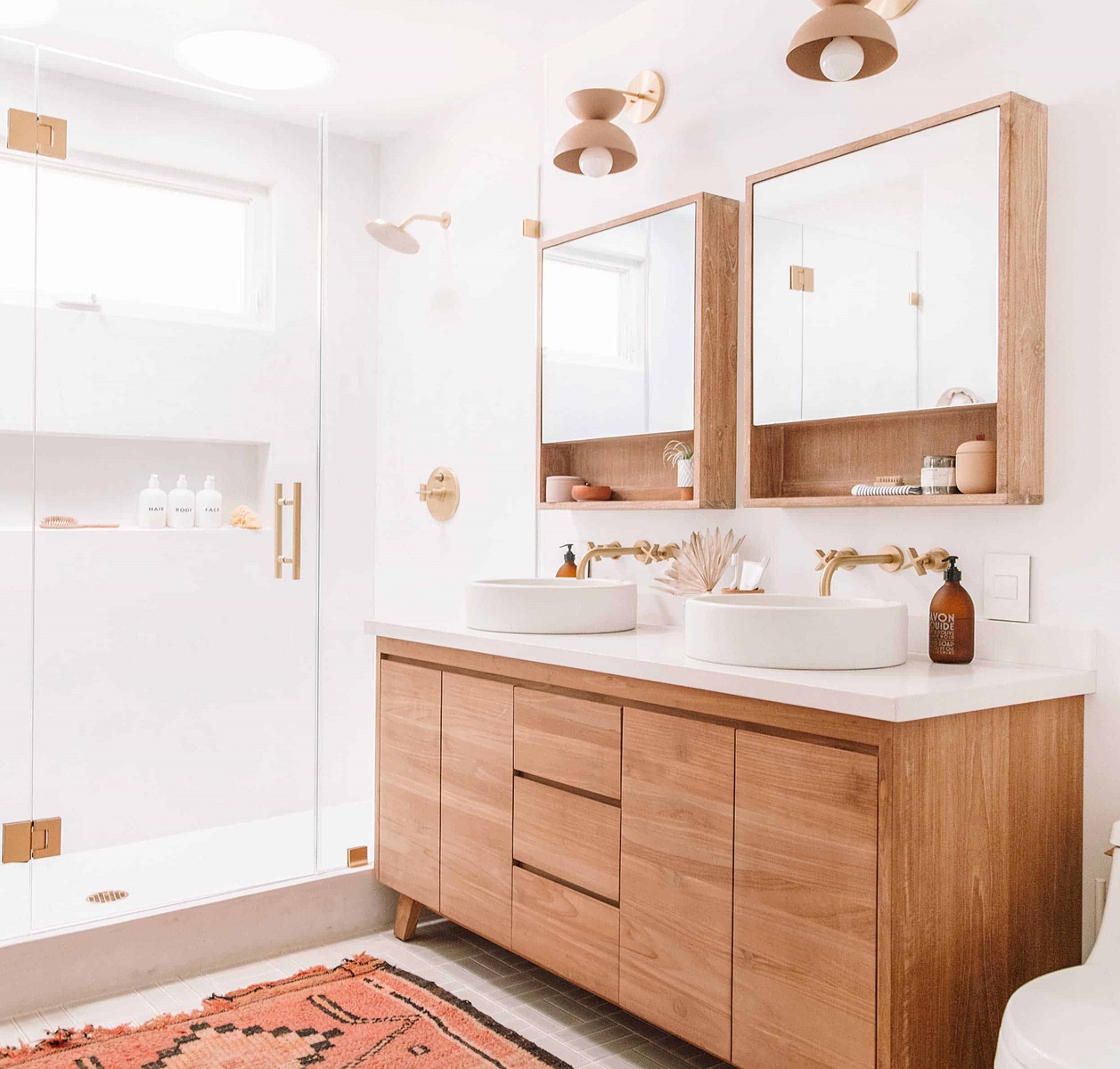
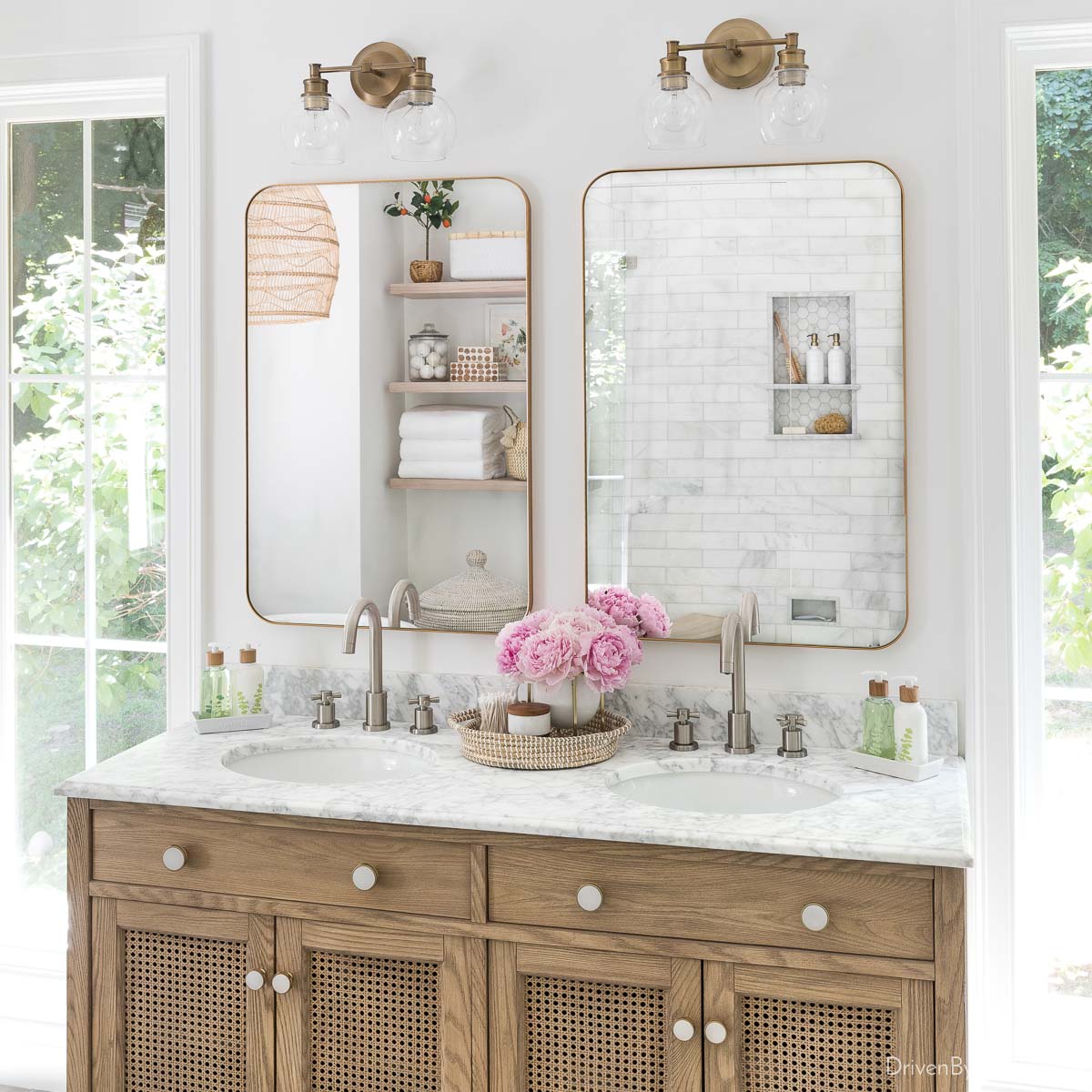
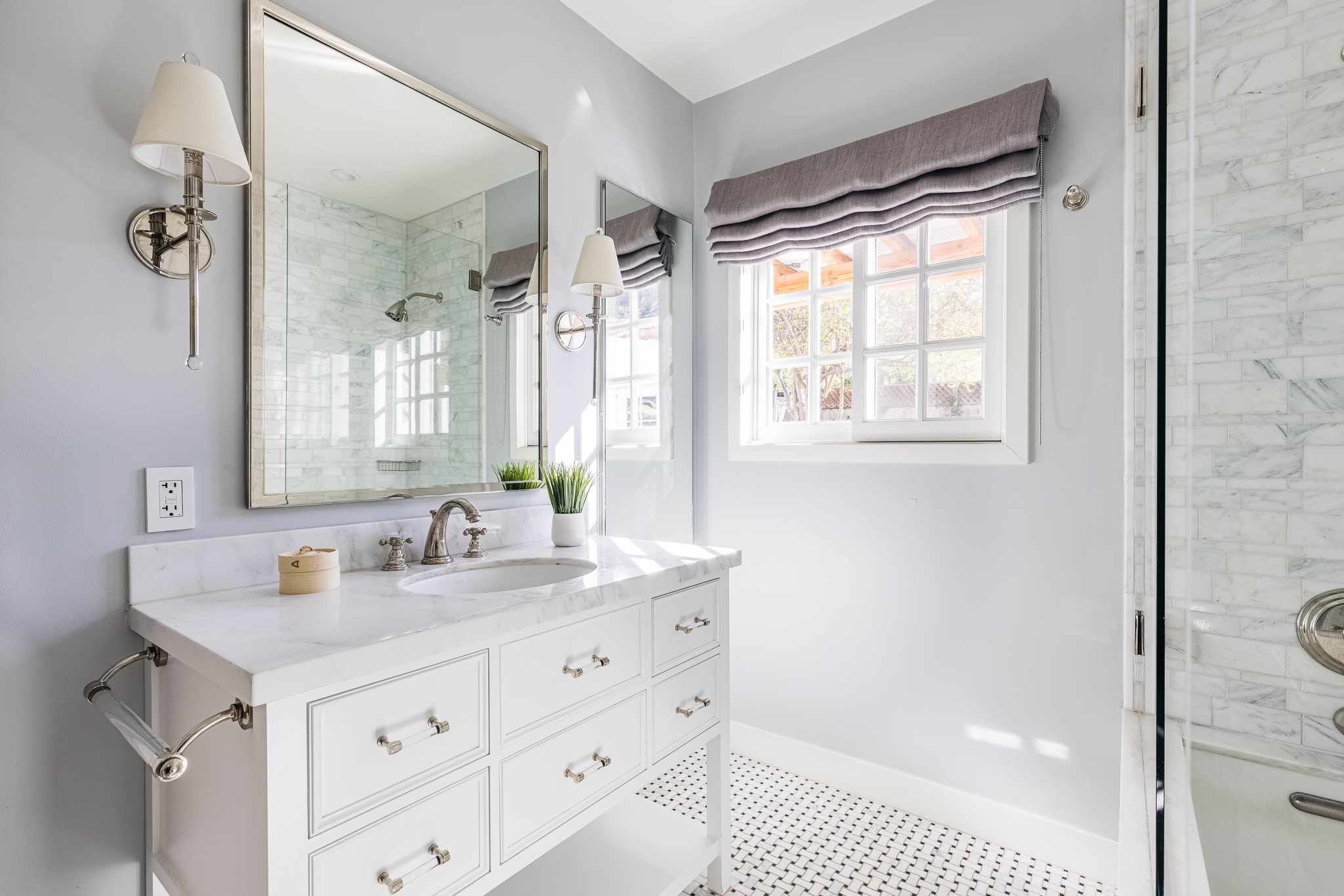
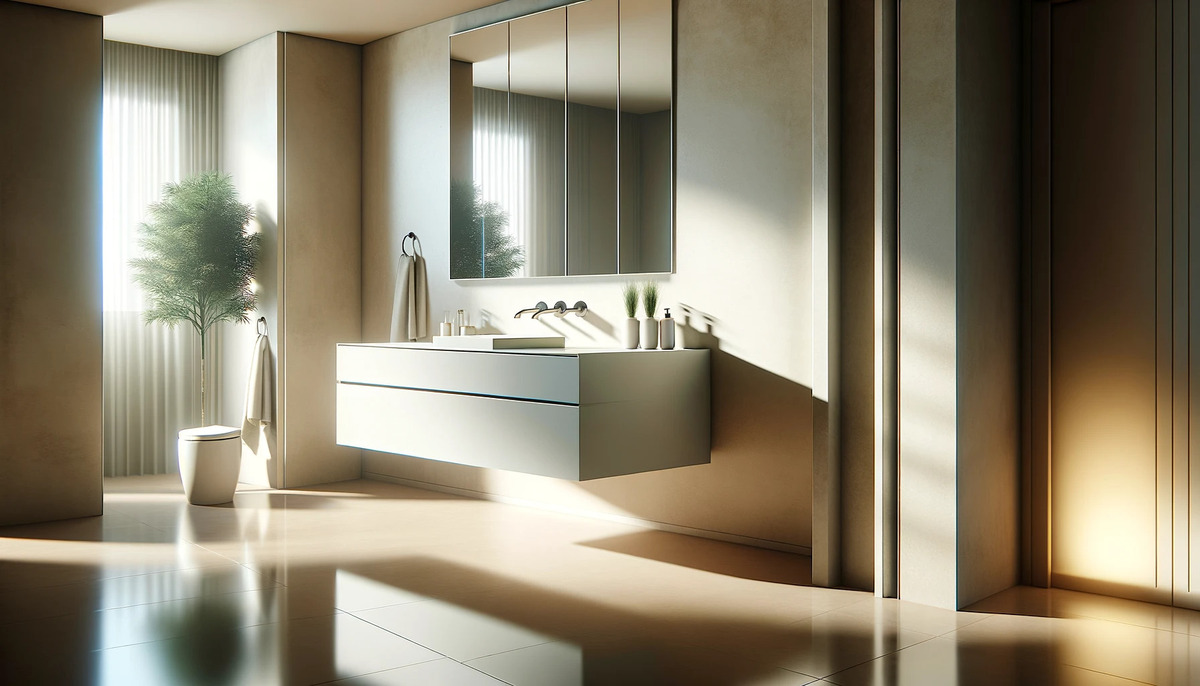

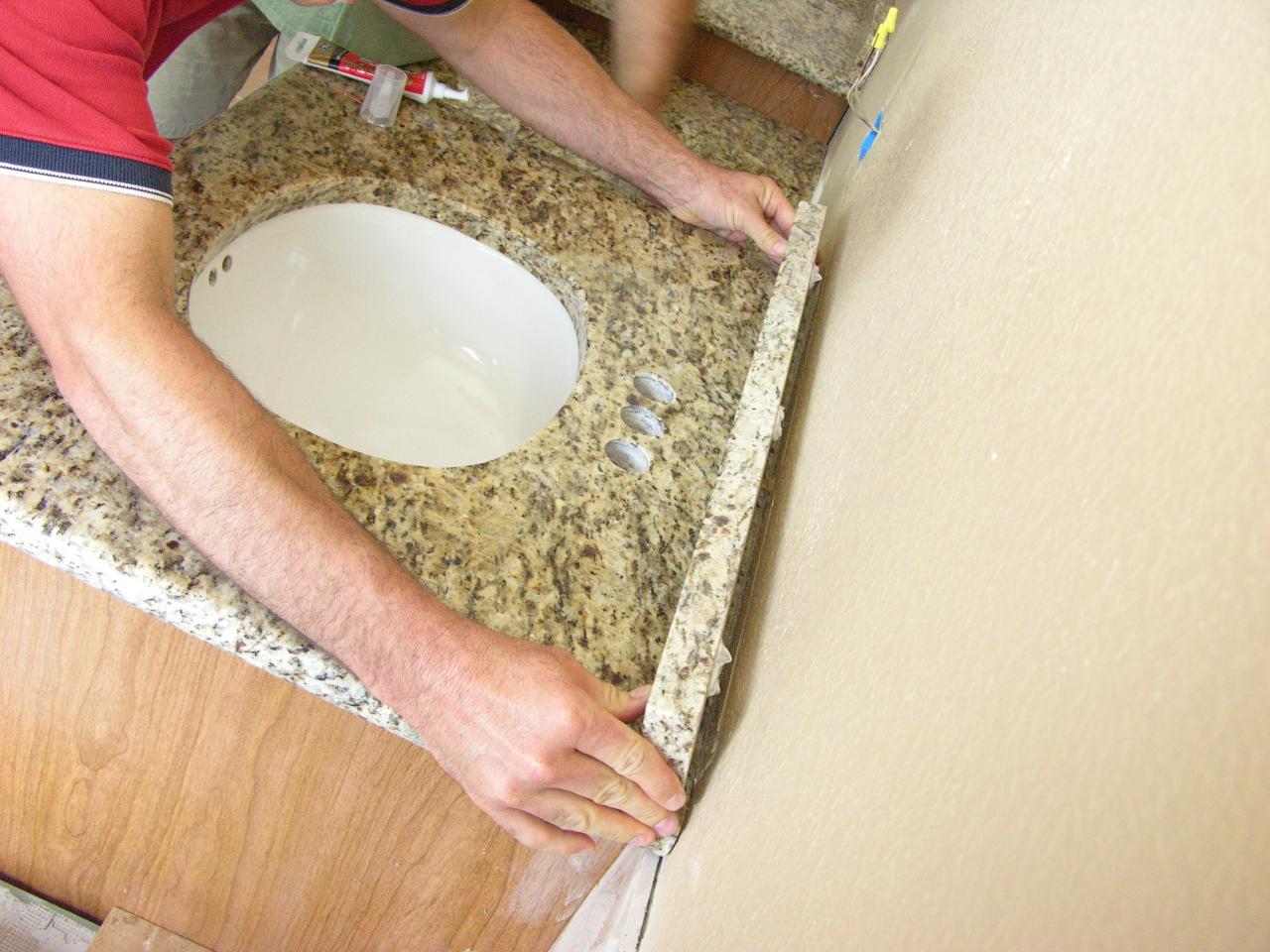
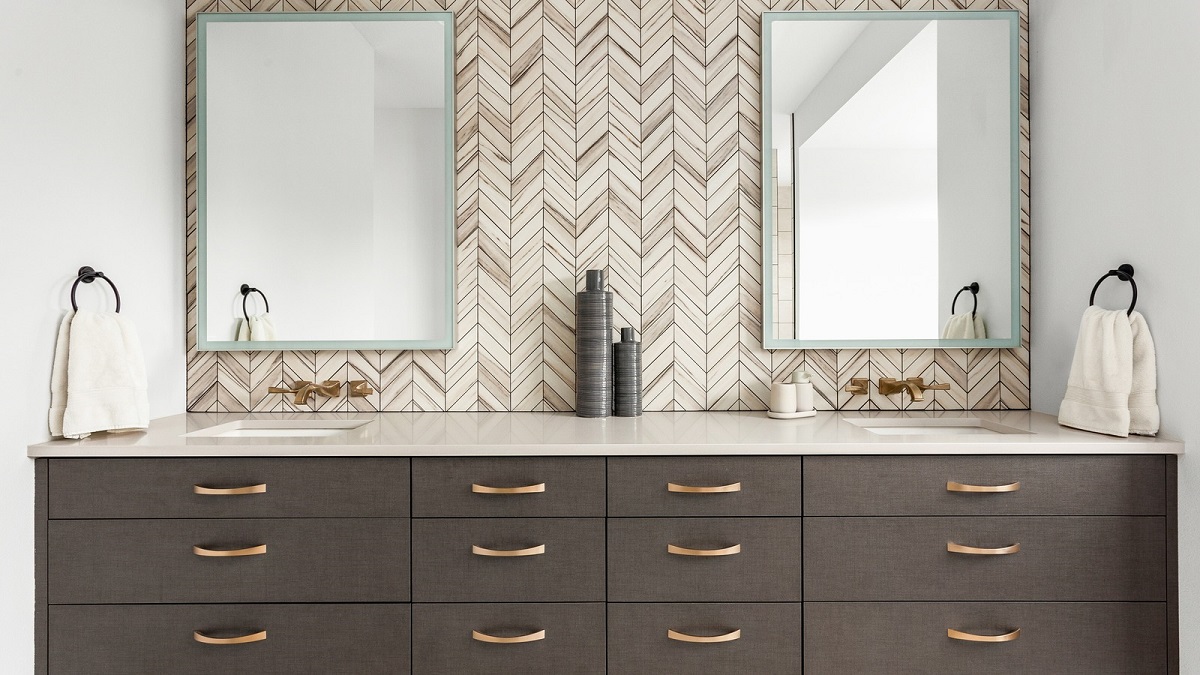
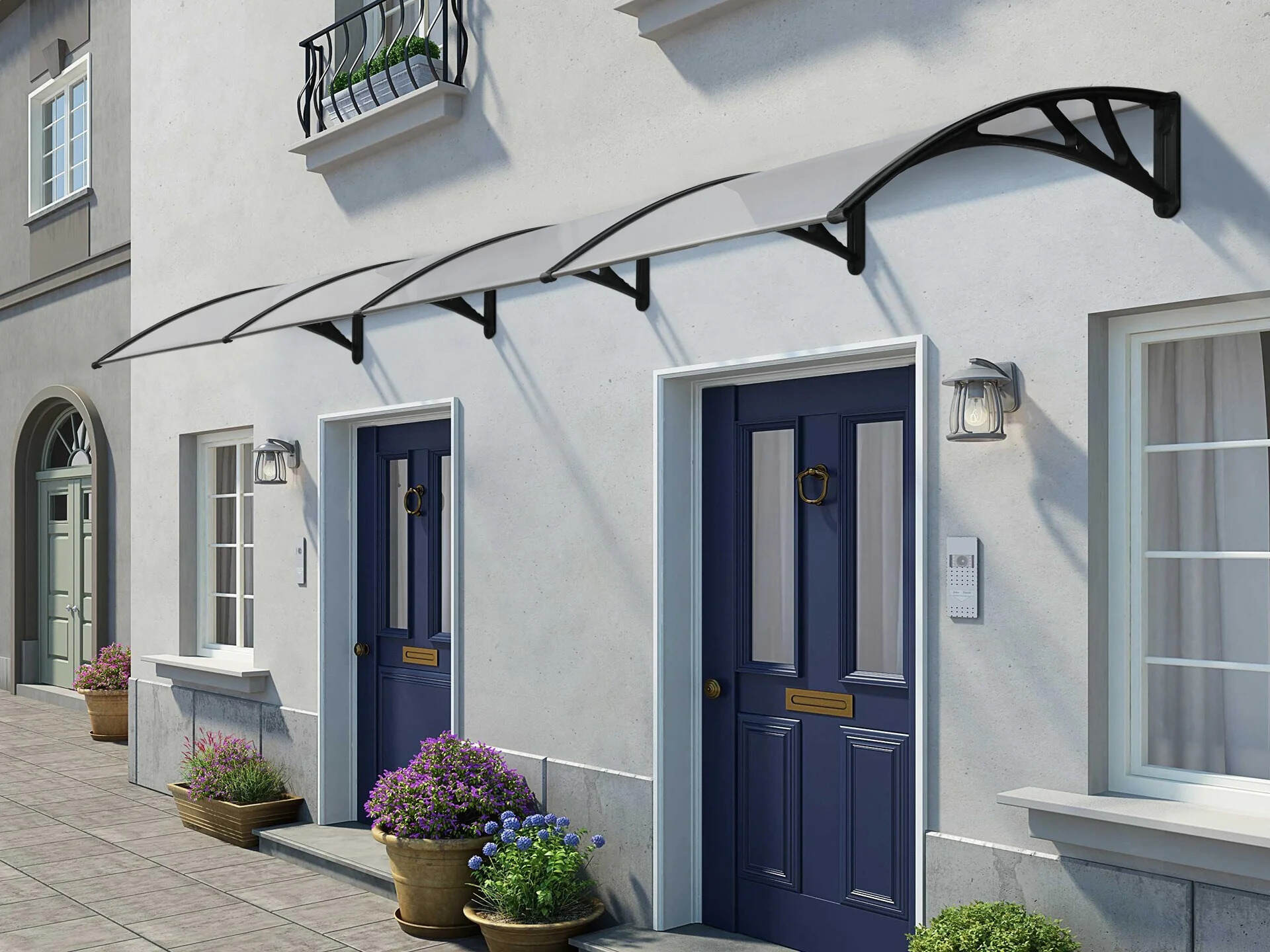
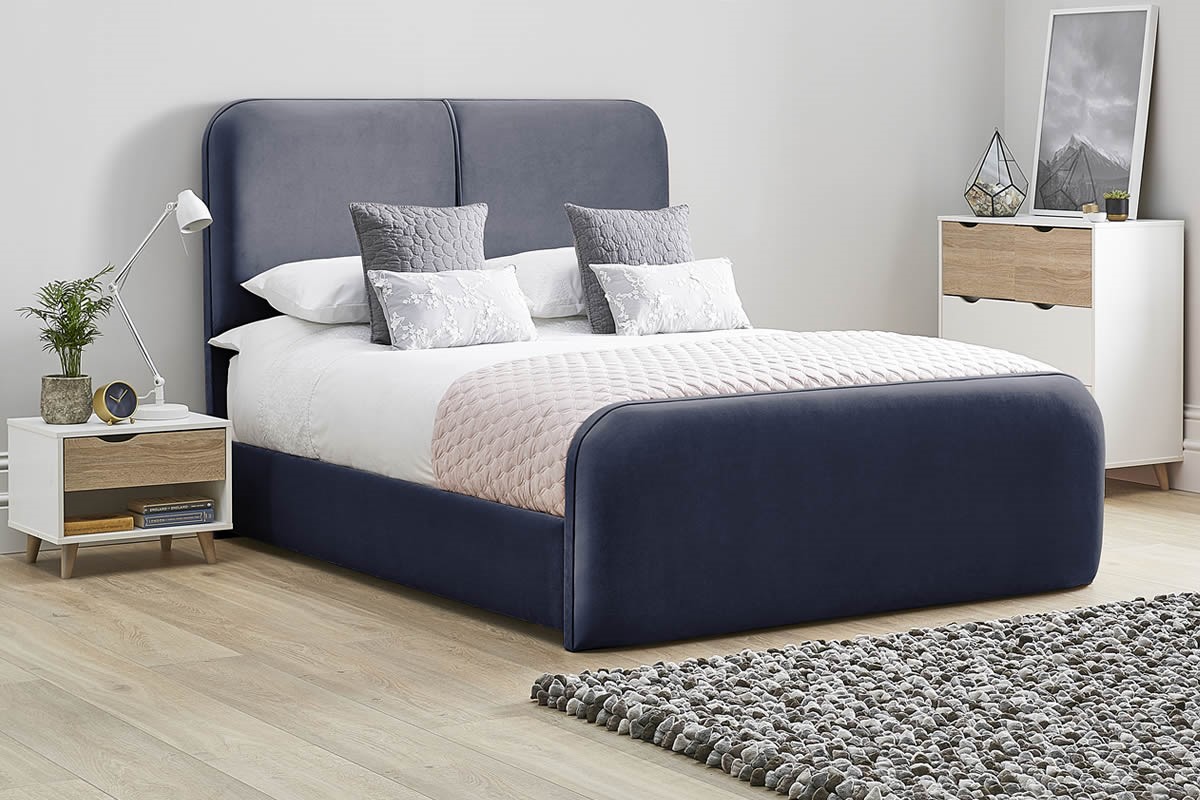

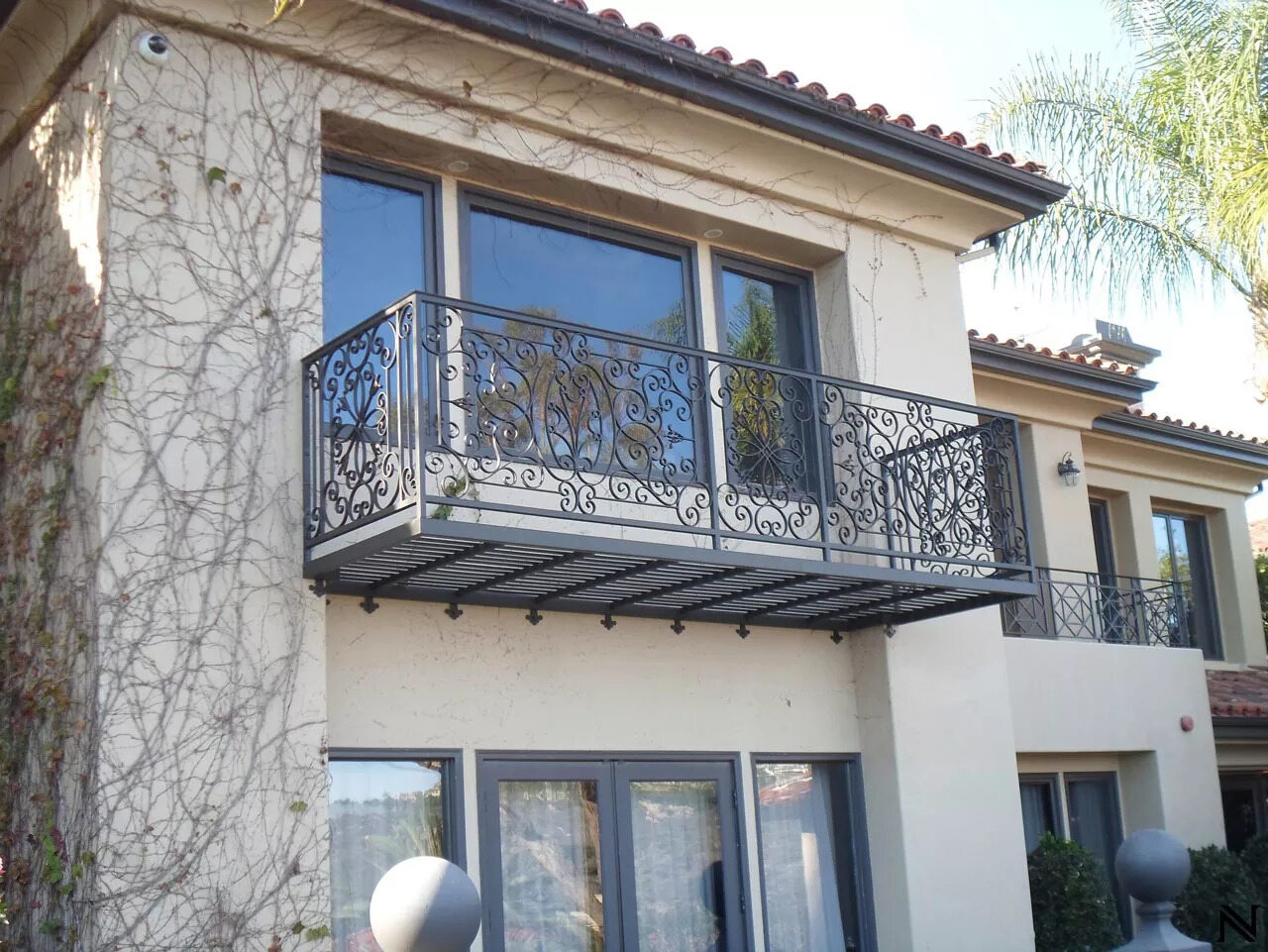
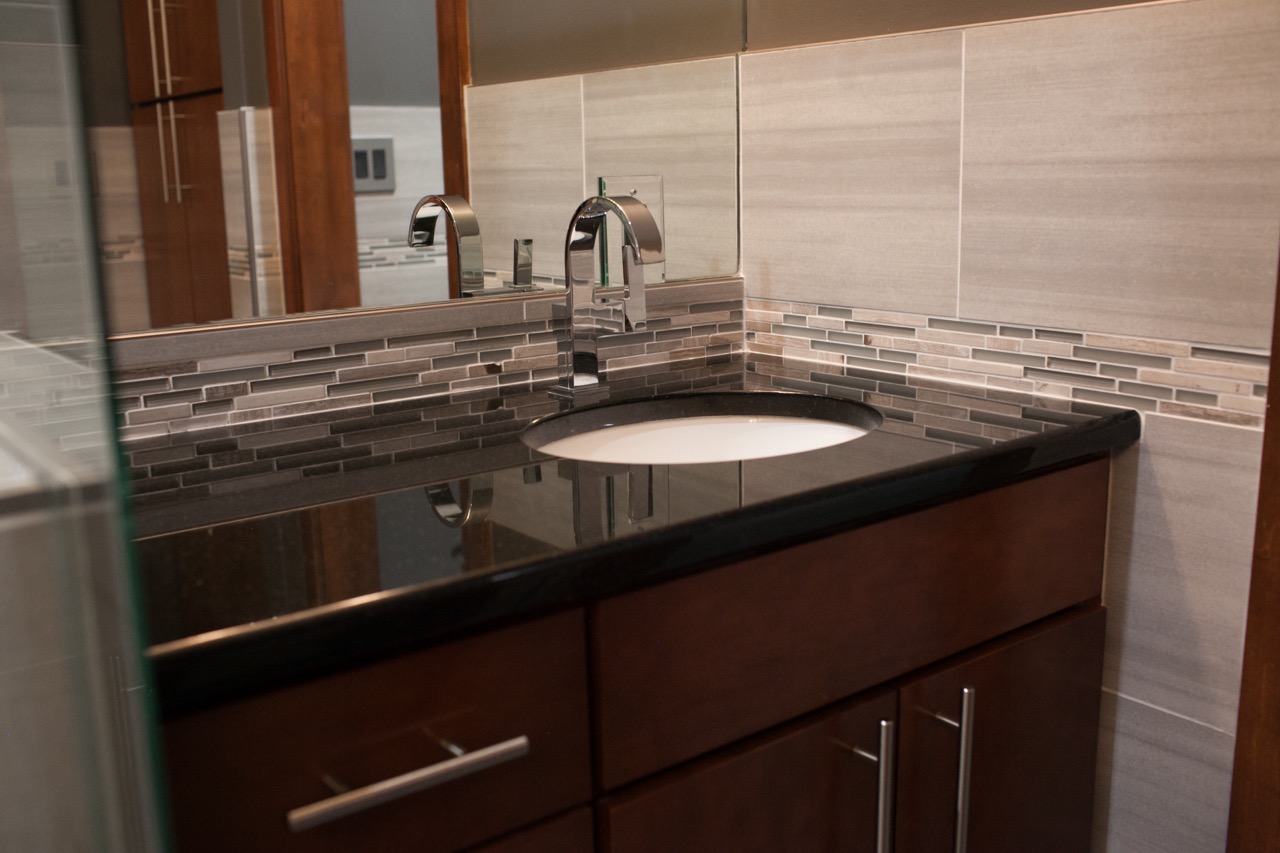


0 thoughts on “How High Should A Bathroom Backsplash Be”